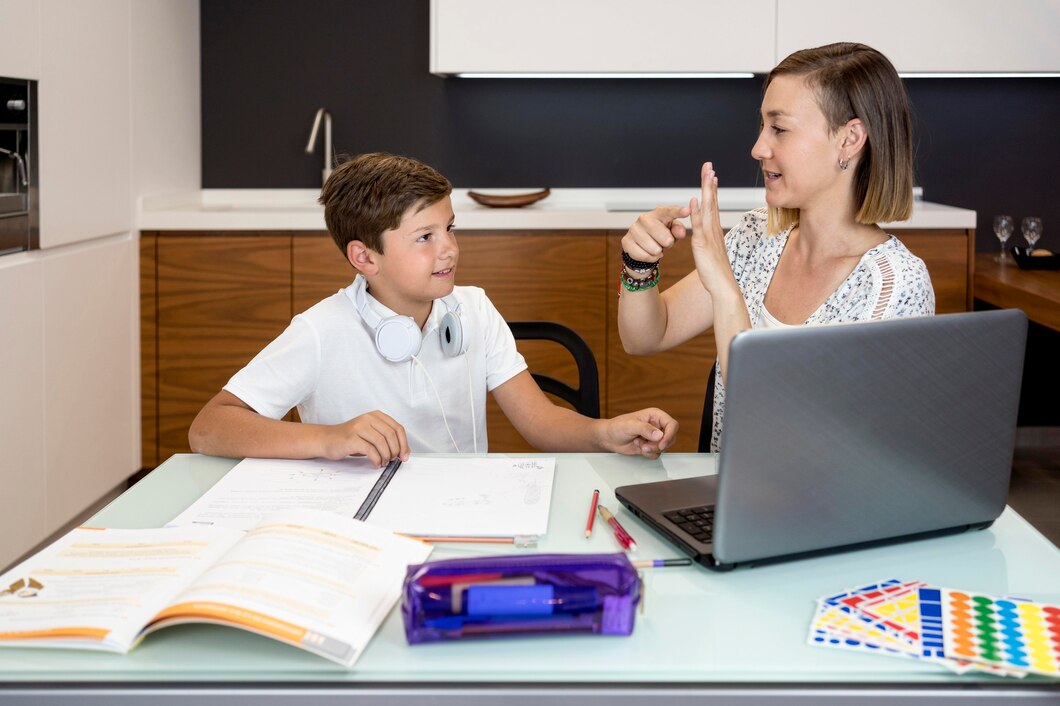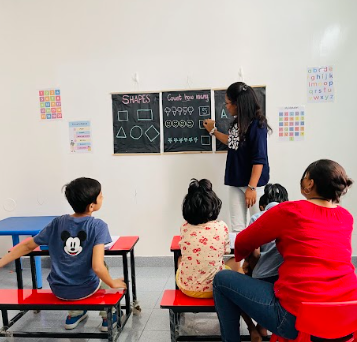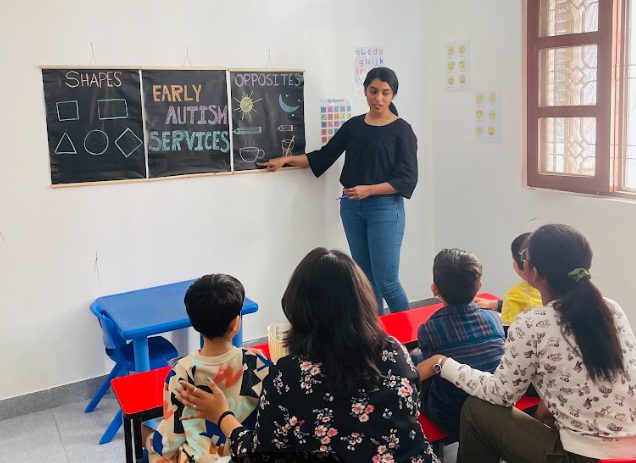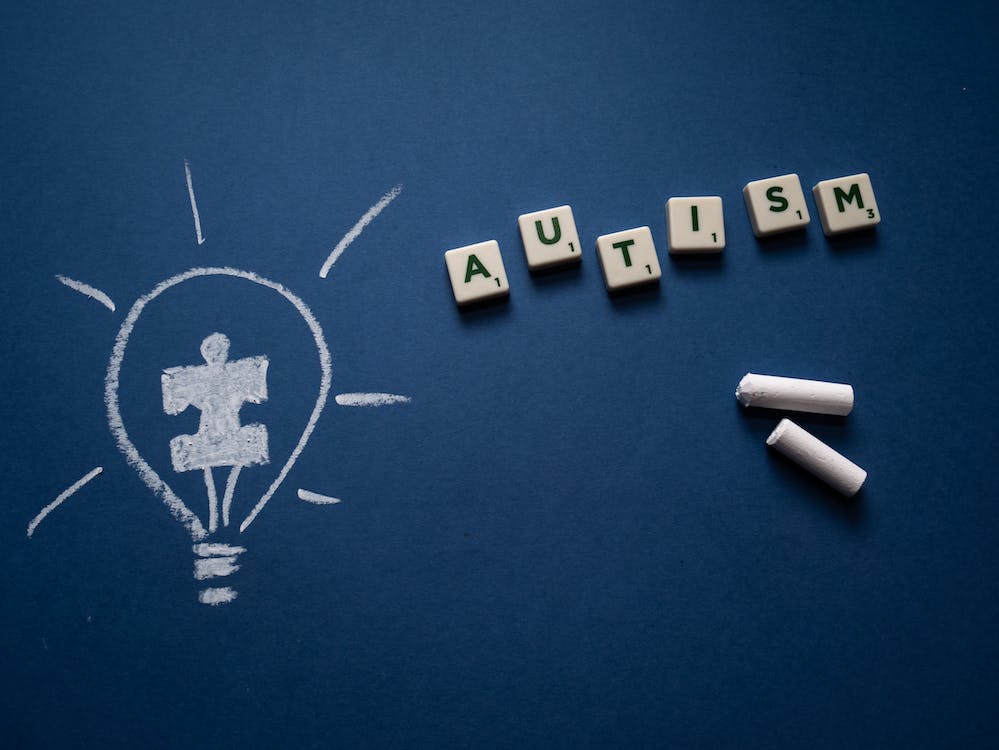
As the parent of a child with autism, you know that each milestone is significant. The transition from early intervention programs to school is one of those major moments that can leave you feeling a mix of excitement and, let’s be honest, a little anxiety.
The good news?
You’re not alone. This transition is a huge change for both your child and your family, but with the right strategies, it can be smooth and successful. And here’s the best part: it’s not as daunting as it may seem.
Transitioning to primary school is a major turning point in a child’s life, particularly for those with autism spectrum disorder (ASD), who may find changes difficult. Children with autism are at greater risk of adverse school outcomes, such as bullying, emotional and behavioral issues, and peer rejection, making a well-supported transition crucial (source).
A positive start to school is associated with improved academic and social skills, increased independence, and a sense of well-being and belonging.
In this blog, we’ll walk you through evidence-based strategies that will make this shift easier, offering a deep dive into the transition process.
We’ll also discuss the advantages of Applied Behavior Analysis (ABA) and how Early Autism Ventures (EAV) can support you along the way. Let’s dig in!
The Big Shift for Children with Autism: From Early Intervention to School
For many children with autism, early intervention plays a crucial role in their development. These programs often involve tailored therapies that help them build communication, social skills, and adaptive behavior.
As your child nears school age, the transition to a formal school setting can feel like a giant leap. And this shift can be overwhelming—not just for your child but for you, too.
The familiar, individualized attention of early intervention programs will give way to the bustling, often less structured environment of a school classroom.
But don’t worry—there are ways to ensure your child is fully prepared for this change.
Contact us today, and let’s work together to give your child the tools they need for a bright future!
Evidence-Based Strategies for Children with ASD |Moving Towards a Smoother Transition
So, how can you make this transition as seamless as possible for your child?
The secret lies in a combination of strategies, teamwork, and understanding the needs of your child.
- Create a Bridge Between Environments: Before your child steps into their school environment, it’s essential to prepare them for what’s coming. Try visiting the school together, meeting with the teacher, and becoming familiar with the classroom layout. Just like when we step into a new environment and don’t know where the bathroom is (awkward, right?), our kids feel the same way. The more familiar the space is before they step foot in it, the less anxious they’ll be when school starts.
- Consistent Routines and Visual Supports: Children with autism often thrive on routine and predictability. While the school environment might seem unpredictable, you can bring a sense of consistency by using visual schedules, charts, or social stories. This helps your child know what to expect, minimizing anxiety and allowing them to feel more in control of their day.
- Collaborative Communication: Here’s a key tip: don’t underestimate the power of teamwork. Early intervention therapists, ABA specialists, and school staff all play a role in your child’s development. Having clear communication between these groups ensures that everyone is on the same page and working toward the same goals.
Applied Behavior Analysis (ABA) Therapy in the School Setting
Now, let’s talk about ABA (Applied Behavior Analysis). If you’ve been using ABA in your child’s early intervention, you’re likely already familiar with its incredible benefits. And yes, it works wonders in school settings, too!
What is ABA, and why is it so effective?
ABA is a structured, evidence-based therapy that focuses on reinforcing desired behaviors while reducing challenging ones. Whether your child is learning new skills, improving social interactions, or navigating school routines, ABA can be a game-changer.
The great thing about ABA is that it’s highly individualized. Plus, no two children with autism are alike, so why should their therapies be the same?
ABA specialists work closely with your child to develop specific, measurable goals. Plus, it’s flexible—what works today might evolve as your child grows, and that’s okay!
School-Based ABA Therapy Advantages
School-based ABA therapy involves the use of Applied Behavior Analysis (ABA) techniques within the school environment to offer tailored support to students facing learning challenges, especially those with autism.
This approach integrates behavioral strategies into the classroom setting and daily routines, helping students develop essential skills while addressing specific needs in a natural, real-world context.
In the classroom, ABA strategies can help your child manage transitions, develop peer relationships, and engage in learning activities. Teachers can implement ABA techniques to encourage positive behavior, such as reinforcing when your child follows directions, participates in group activities, or expresses themselves appropriately.
And let’s be real—who doesn’t love a reward for doing well?
Whether it’s a sticker, extra playtime, or simply a high-five from a teacher, positive reinforcement builds confidence and encourages your child to keep up the great work.
Read more about positive reinforcement for children with autism here.
The Importance of Social Skills and Peer Interaction
As much as we all hope our kids will have the perfect teacher, sometimes school environments can be tricky. Peer relationships and social skills often come with their own challenges for children with autism, but they’re not insurmountable.
And here’s where ABA really shines.
ABA therapy helps children with autism practice social skills in a structured way, teaching them how to interact with others, take turns, or express their emotions. In school, this becomes especially important when learning to work in a group, participate in classroom activities, and communicate with peers.
So, if you notice your child’s social interactions need some polishing, fear not—ABA can guide them to success in social situations, giving them the tools to thrive in the classroom and beyond.
The Emotional Transition for Parents
While this blog is focused on helping your child, we can’t overlook the emotional journey of parents navigating this transition. You’ve been with your child every step of the way, and handing over some of that responsibility to school staff can stir up a host of emotions.
But remember, you are your child’s greatest advocate!
You know your child better than anyone, and it’s important to work closely with teachers and school staff to ensure that your child’s needs are being met.
It’s okay to ask questions, make suggestions, and share what has worked best for your child in the past. You are an integral part of the team.
How Early Autism Ventures (EAV) Can Help
At Early Autism Ventures (EAV), we understand how important the transition from early intervention to school is. Our evidence-based therapies, including ABA, are designed to support your child at every stage of their development. We offer personalized ABA programs that work hand-in-hand with school staff, ensuring a seamless transition for your child.
We know that navigating the education system can be overwhelming. That’s why we work closely with parents to provide ongoing support, guidance, and advocacy throughout the entire process.
Also, we’ll help you stay connected with your child’s teachers, ensure that strategies are in place, and provide the emotional support you need to make the transition as smooth as possible.
Ready to Take the Next Step?
At Early Autism Ventures, we are here for you every step of the way. Our experienced team is ready to work with your child, helping them succeed in school and beyond. Let us help you make the transition from early intervention to school a positive and empowering experience.
Don’t wait! The sooner we start, the smoother the transition will be.
Contact Early Autism Ventures now to discuss how we can support your child’s growth and development as they move toward their school journey. Together, we’ll set them up for success.


















 A:
A: 




 Creating and maintaining consistency in a child’s environment is one of the best ways to
Creating and maintaining consistency in a child’s environment is one of the best ways to 


Recent Comments